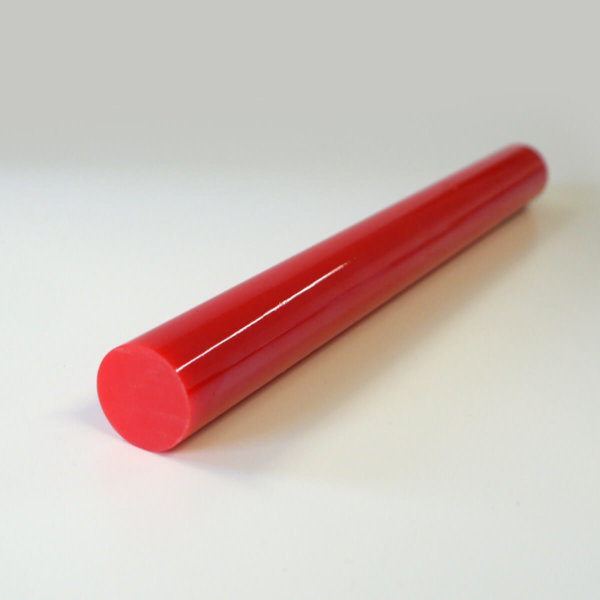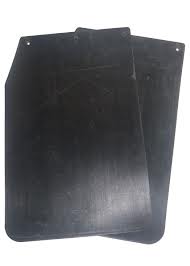Water is such a malleable thing that it’s easy to forget how “sharp” it can be when fired under intense pressure.
Which is why water jet cutting is such an incredibly versatile and precise way to create well-defined edges on a large range of materials.
It is also a fast way to create accurate cuts, particularly as the setup time on the machinery is so intuitive.
How does water jet cutting work?
There are generally two types of water jet cutting machines – one using purely water, and an alternative that can introduce an abrasive element, too. More on that later.
The basic premise is that when water is forced out of a nozzle, under very high pressure, it is strong enough to slice cleanly and quickly through various surfaces. The outlet of the nozzle – sometimes referred to as the “jewel” – leads to a tiny hole – which can be varied in size to change the effect.
Modern technology means that the equipment used for water jet cutting projects is infinitely programmable. The motion control element of the machine dictates the motion and shape of the water cutting stream.
Using CAD software, the motion control can be programmed to carry out even complex contour cutting, potentially working around existing features.
Using pressurised water to create cuts is very precise, ensuring clean and accurate shaping around even the most intricate machine part. The equipment can easily and cost-effectively be set up for one-offs, or to automate long cutting runs efficiently.
As the flexible nozzle head allows for angled cuts, it’s also possible to automate a series of clean vertical and horizontal cuts.
Thanks to the powerful pumps used, the water can be forced out at a varied level of pressure depending on the project. This ensures precision finishes but also fuel efficiency, as the energy used is highly focused on the cutting process.
Related Article: Water Jet cutting process explained by UK Manufacturer
What can water jets be used for?
The ability to control flow and motion of the water stream to such a large degree is why water jet cutting equipment can be used on such a wide range of materials and can penetrate up to 24 inches for deeper slices.
Harder materials – such as granite, marble and thick metal – can be precision cut with water, but sometimes require that the cutting equipment also uses an abrasive element.
A carefully controlled amount of abrasive particles are mixed with the water in a ceramic tube within the nozzle, to create a specially formulated slurry that travels at high speed when expelled.
Wood, rubber, glass, steel, aluminium, plastics and other less resistant materials can be shaped and patterned without this abrasive additive, using the clean cutting power of H2O.
Related Article: How Accurate is Water Jet Cutting?
Advantages of water cutting compared to other methods
Among the benefits of using water jet cutting technology is the absence of any heat. Most alternative cutting methods use high temperatures – or create friction in the process. So, for materials or parts that are temperature or friction sensitive, water is the “kindest cut”.
Using water to cut materials is also a clean and safe method. It reduces the chance of impurities lingering on the cut edges.
Are there any materials not suitable for water jet cutting? Due to the force within the water jet, tempered glass is not a suitable substrate, as it could shatter. Any composites that could be impacted by moisture are also not appropriate for precision cutting with water.
Beyond that, water jet technology can make quick work of precision shaping just about anything! In a highly controllable, clean and efficient way.
Also Read: When was Water Jet Cutting Invented? – ANSWERED
Want to find out how much it will cost to make your products?




